The abandoned asylums of North America
Photographer Matt van de Velde documents the ghostly beauty of North America's mental hospitals that sit empty and threatened with demolition
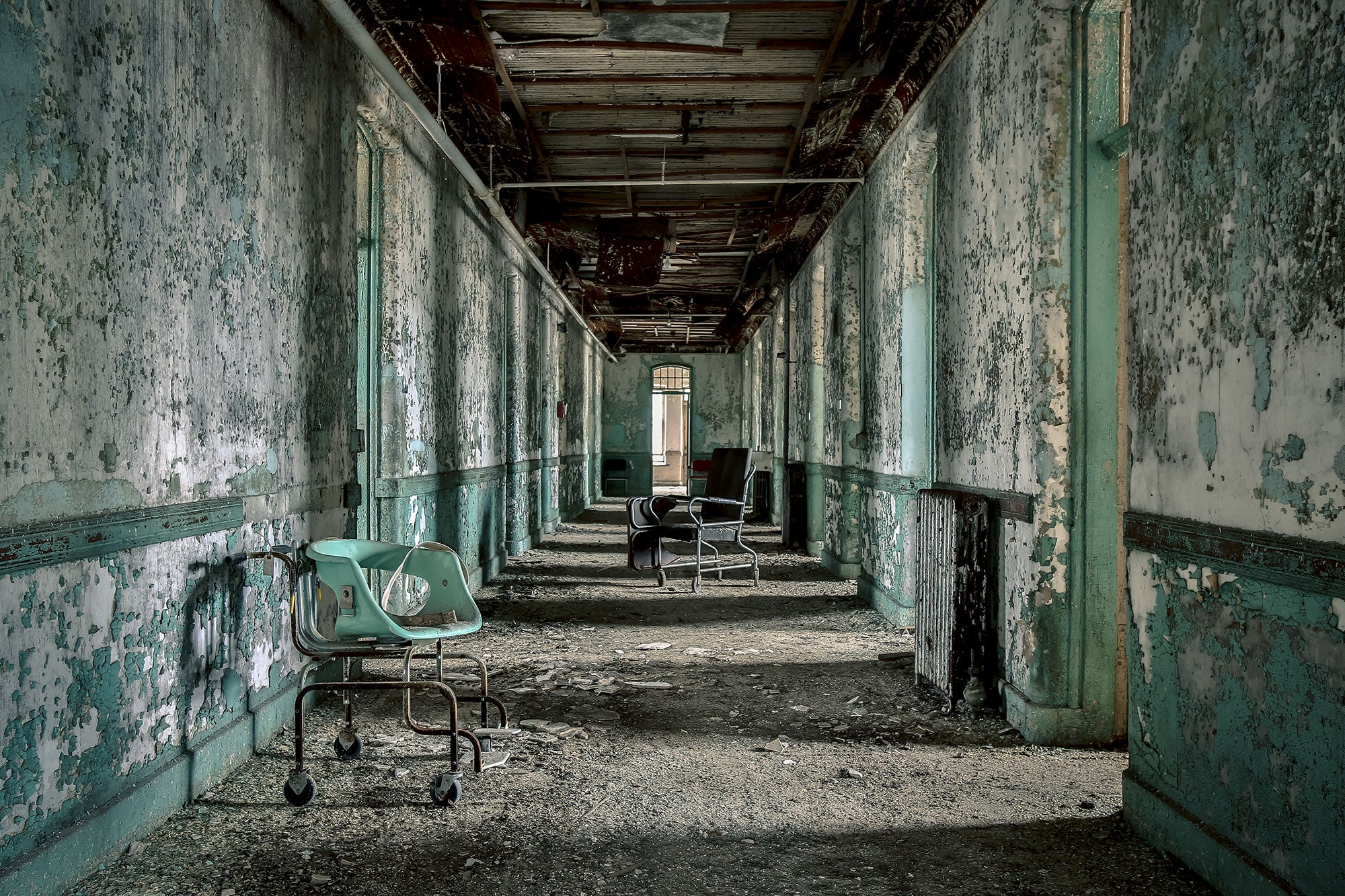
Your support helps us to tell the story
From reproductive rights to climate change to Big Tech, The Independent is on the ground when the story is developing. Whether it's investigating the financials of Elon Musk's pro-Trump PAC or producing our latest documentary, 'The A Word', which shines a light on the American women fighting for reproductive rights, we know how important it is to parse out the facts from the messaging.
At such a critical moment in US history, we need reporters on the ground. Your donation allows us to keep sending journalists to speak to both sides of the story.
The Independent is trusted by Americans across the entire political spectrum. And unlike many other quality news outlets, we choose not to lock Americans out of our reporting and analysis with paywalls. We believe quality journalism should be available to everyone, paid for by those who can afford it.
Your support makes all the difference.Scattered across the United States, rooms that were once home to thousands of mental health patients sit empty - ghostly relics of their former residents sit untouched and forgotten. The buildings are eerie, empty more often than not, with many awaiting their time to be demolished to make way for new homes. Before their history could be erased, Canadian photographer Matt van der Velde sought to document North America’s abandoned asylums with the vision of illustrating the dramatic societal changes in attitude towards mental health over the past 100 years.
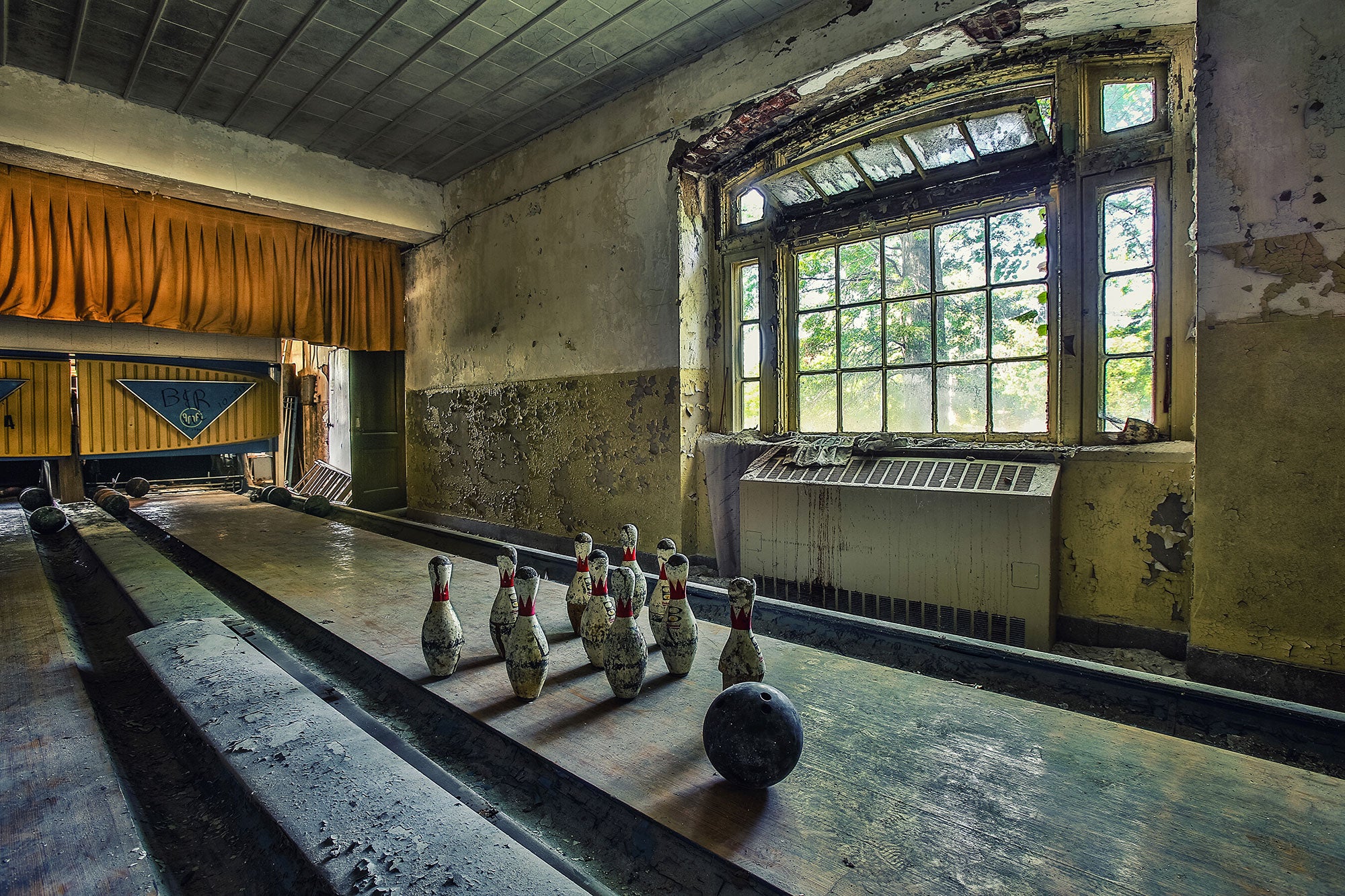
A former infantry soldier in the Canadian Forces, Van der Velde says the project was born out of a natural human curiosity to see things that were typically closed off or kept hidden from society. Having struggled with depression himself, the photographer says he “found solace walking through the corridors and documenting the spaces” but remains acutely aware of the dark stories that haunt the buildings.
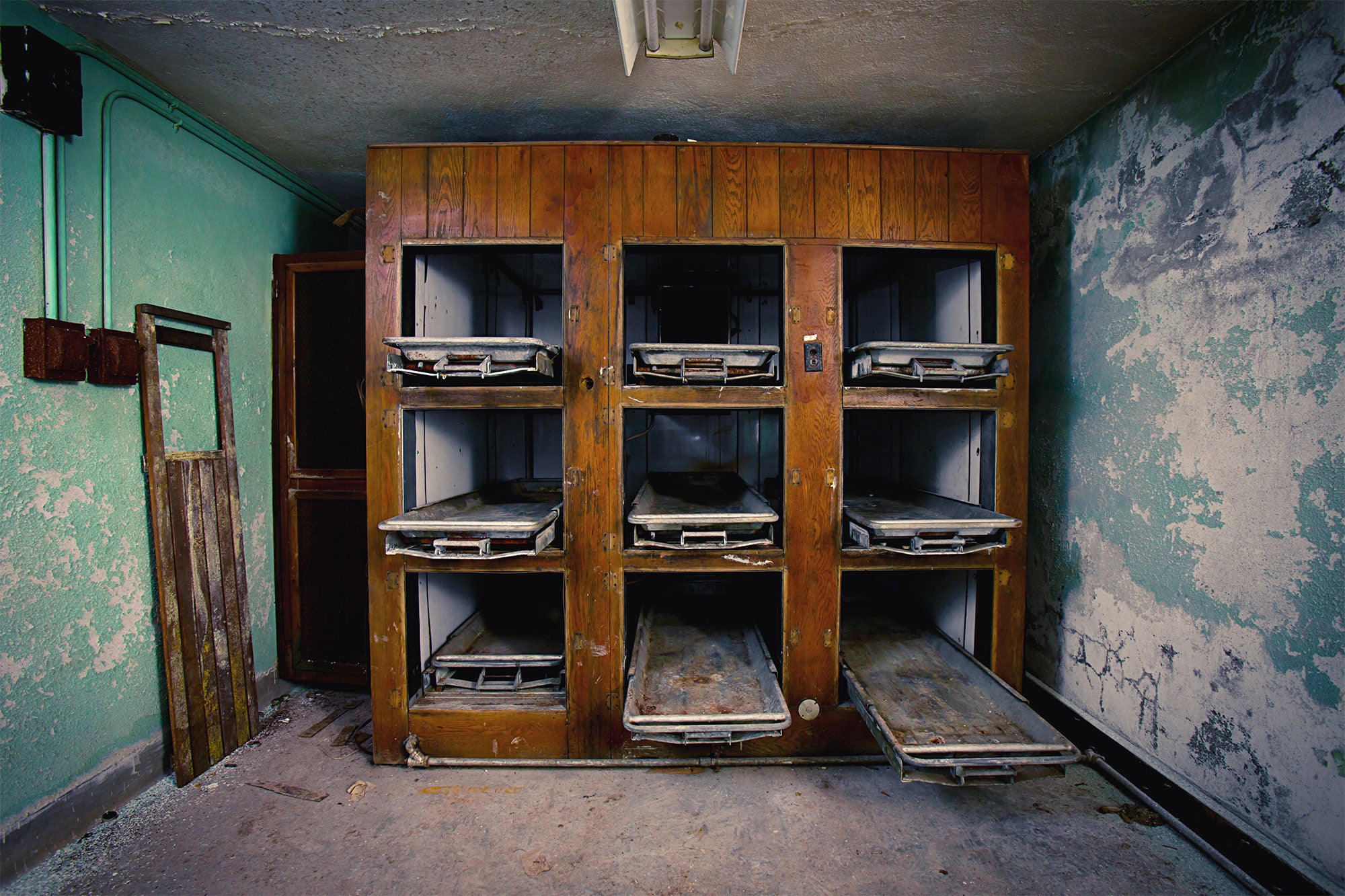
“What affected me most on a human and emotional level are the institutions that catered to children exhibiting intellectual disabilities in the eugenics era,” he says. “Most of these institutions were forced to close due to maltreatment, neglect and abuse.”
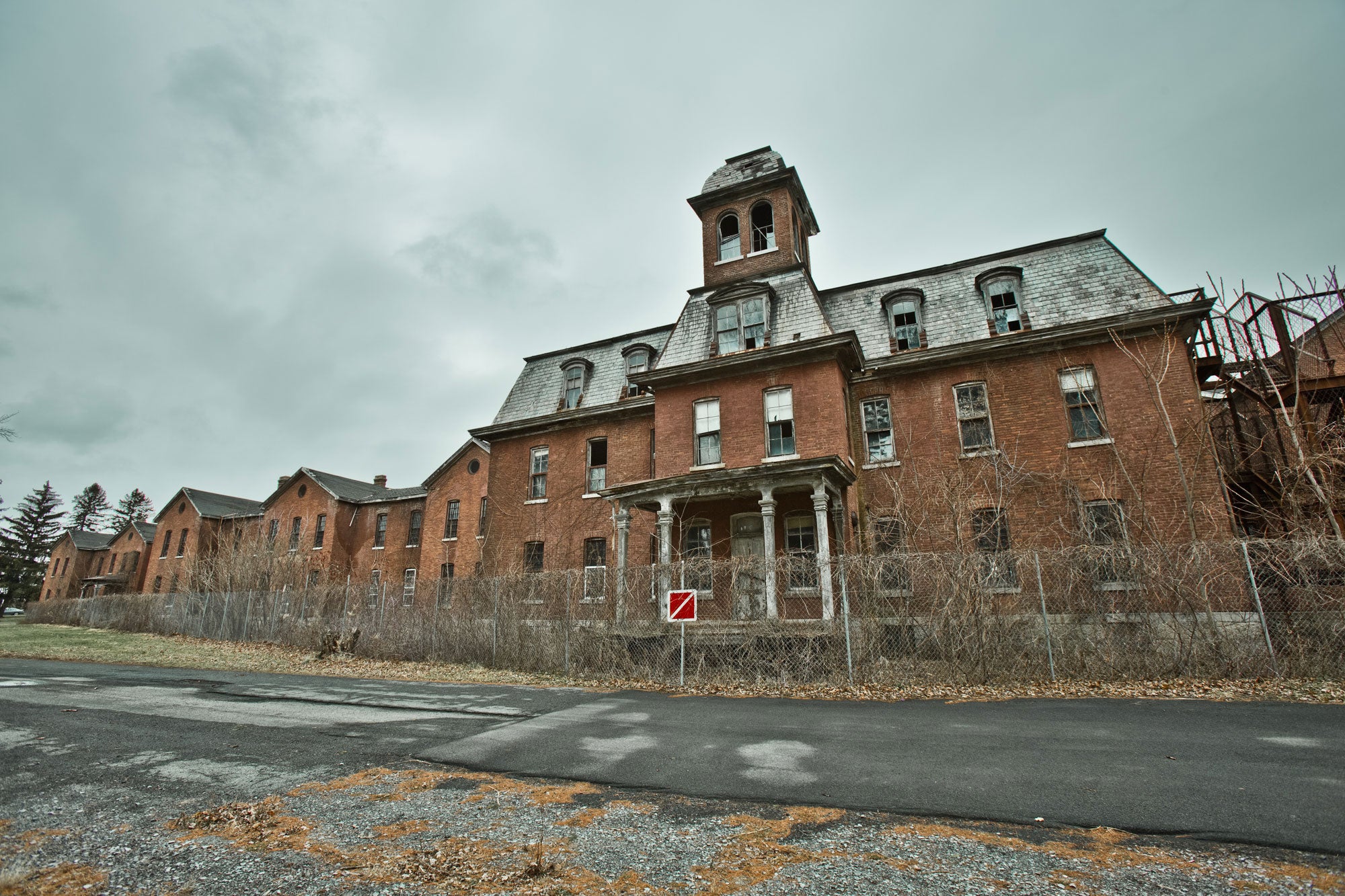
“The histories of these places are always something that weighs heavily on my mind while I'm photographing their current state.” Published in his debut book, Abandoned Asylums, Van der Velde’s images portray the neglected spaces in an ethereal light.
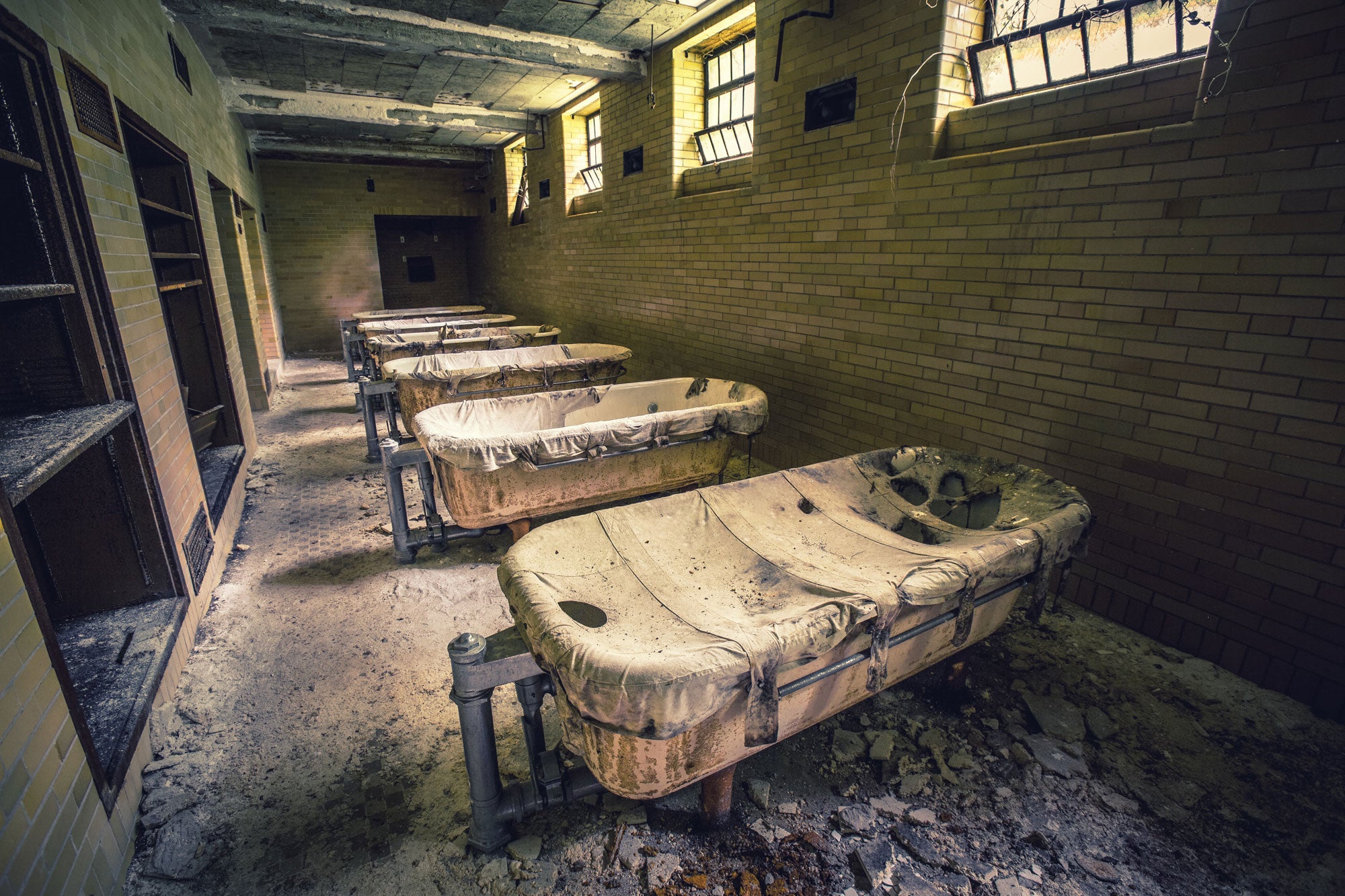
As well as offering a unique aesthetic beauty, the series draws attention to cemetaries and burial grounds within the asylums that have seemingly been forgotten, despite being the final resting place for thousands of unnamed patients. “Patients were buried in anonymity with nothing but a numbered grave marker,” he explains. “Trees have sprouted through graves and dislodged or buried markers, ultimately eliminating any sort of trace or record of who is buried where.”
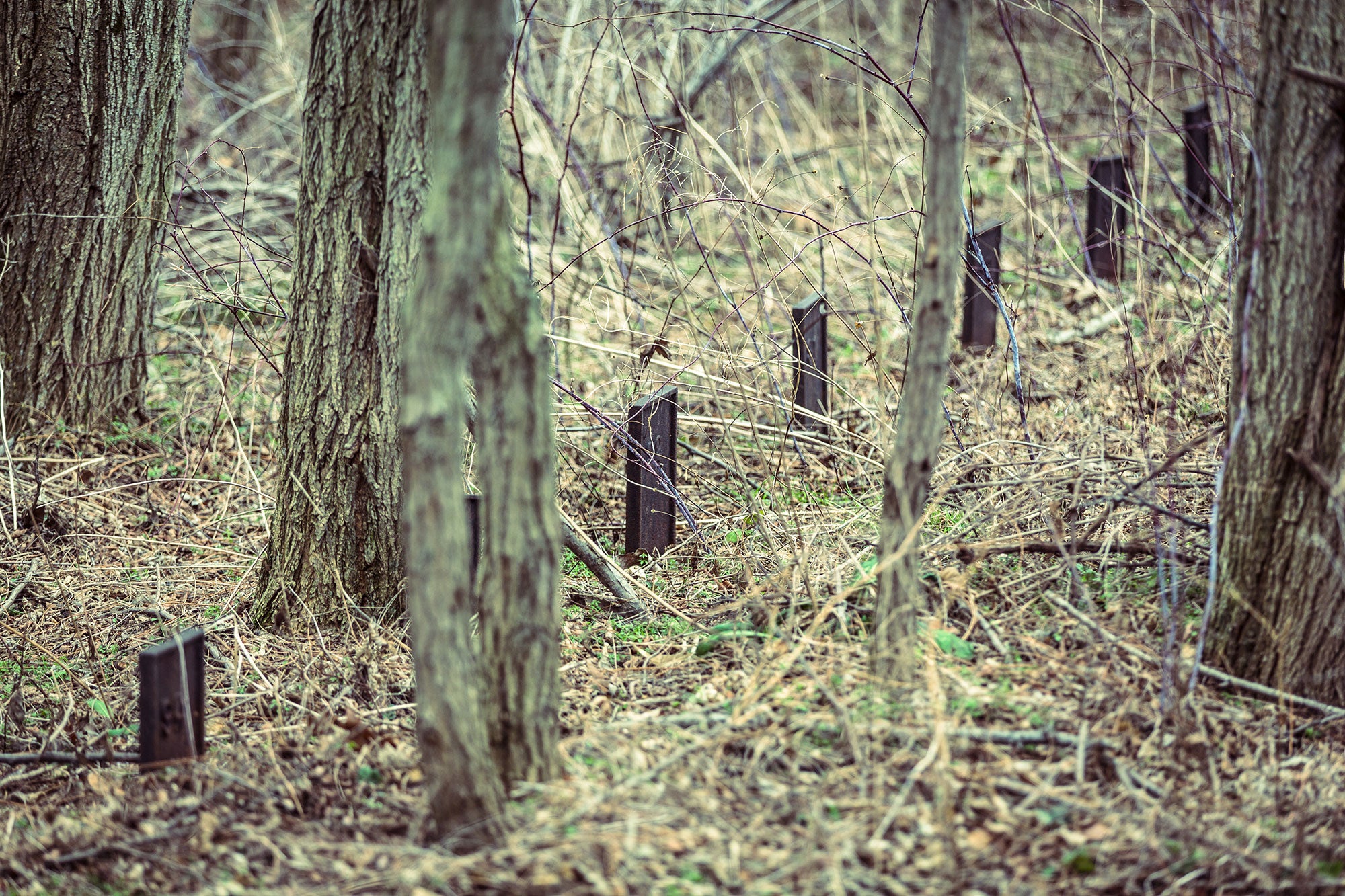
“Typically these cemeteries have 2,000-5,000 lost souls; and some are upwards of 10,000 people.” In an age where horror films have manipulated the history of mental health, many people hold the assumption that mid-20th century asylums were inherently “evil places, run by evil people”, the photographer warns.
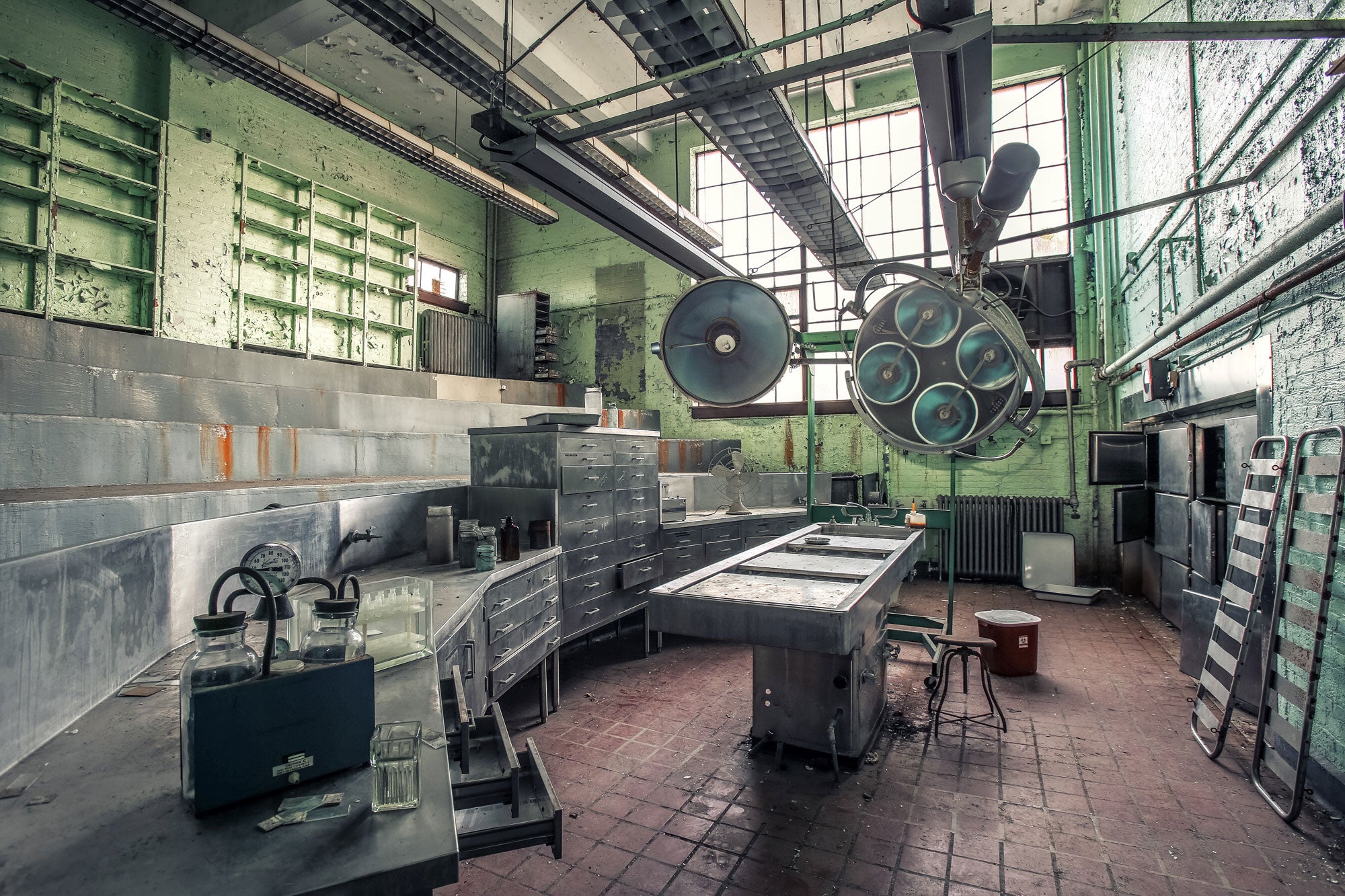
“In fact they were created with the best of intentions based on the medical and psychiatric knowledge of the time. The fact of the matter is that while some institutions certainly practiced abusive behaviours and thus have dark histories forever attached to their legacy; it is important to note that these were outliers and not the norm.”
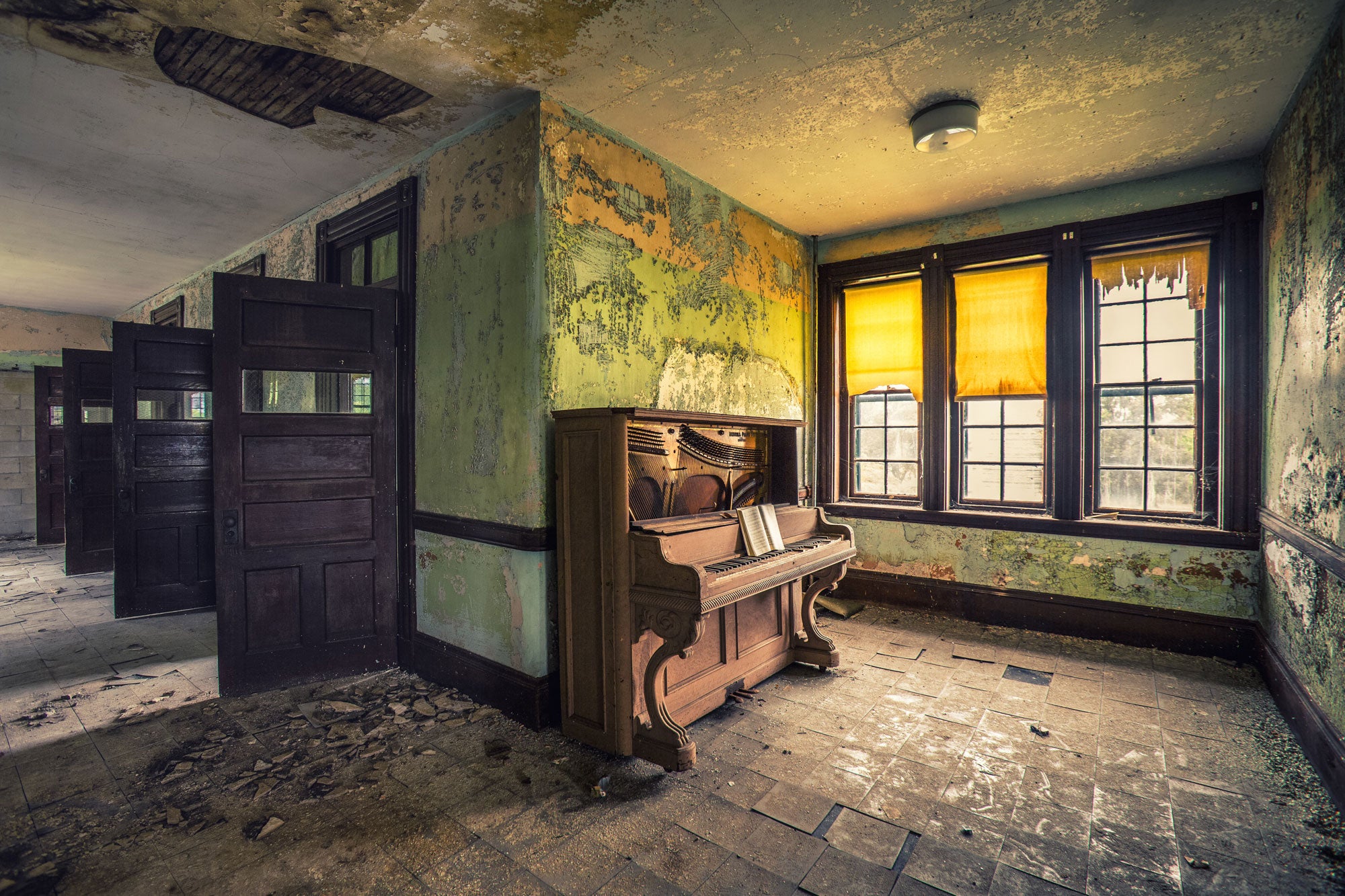
Several of the institutions featured in Abandoned Asylums have already been demolished, but the photographer hopes their worth will not be forgotten. “I think stigma and our overall understanding of mental health has come a long way,” he says. “I hope this book draws attention to their great historical and architectural value, as very little effort is being made to save them, repurpose them, or in the very least acknowledge their mark on society.”
Matt van der Velde is a 28 year old photographer based in Ottawa, Canada. Abandoned Asylums -– Jonglez Publishing – www.AbandonedAsylums.ca
Join our commenting forum
Join thought-provoking conversations, follow other Independent readers and see their replies
Comments